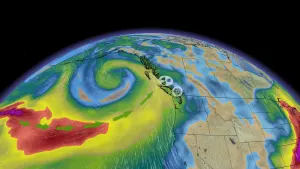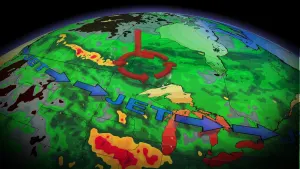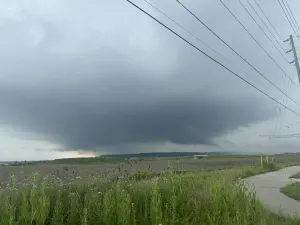
Don't miss this weekend's 'Ring of Fire' solar eclipse
Although this eclipse is happening on the other side of the planet from us, Canadians still have a chance to watch
This weekend is an excellent time to stay up extra late!
On Sunday, June 21, viewers in eastern Africa, Saudi Arabia, Pakistan, northern India and central China will be able to watch a captivating Annular Solar Eclipse pass through their sky.
SEE ALSO: PHOTOS: 'Ring of Fire' solar eclipse captured in striking visuals
On this side of the planet - in Canada and the rest of the western hemisphere - we can still see the event happening, even with the Earth blocking our direct view of it. If we stay up late on Saturday night, past midnight, we can tune in to the Slooh Community Observatory livestream.
Watch the show starting at 1 a.m. EDT on Sunday, June 21, below, with the maximum eclipse expected at 2:39 a.m.:
"It's a truly magical moment to witness the 'Ring of Fire' appear as the Moon is centered over the Sun's disk. It's a wonderful opportunity to watch celestial mechanics in action!" said Paul Cox, Slooh's Chief Astronomical Officer.
Solar eclipses occur when the Sun, the New Moon and the Earth line up perfectly. With this perfect alignment, the Moon's shadow sweeps across the surface of Earth. From the perspective of anyone standing on the ground directly under that shadow, it appears as though the Moon has completely blocked out the Sun, to produce a Total Solar Eclipse.
How much of the Sun gets covered by the Moon during a solar eclipse depends on two things - exactly how far away the Moon is from Earth, and exactly how far away Earth is from the Sun.
You can test this out, for yourself, by holding up a coin at arm's length, to block out the light from a lightbulb across the room. The lightbulb represents the Sun, the coin is the Moon, and you are the Earth. Take a step closer to the lightbulb and the coin doesn't cover the light completely. Move the coin closer to your eye and it blocks more of the light.
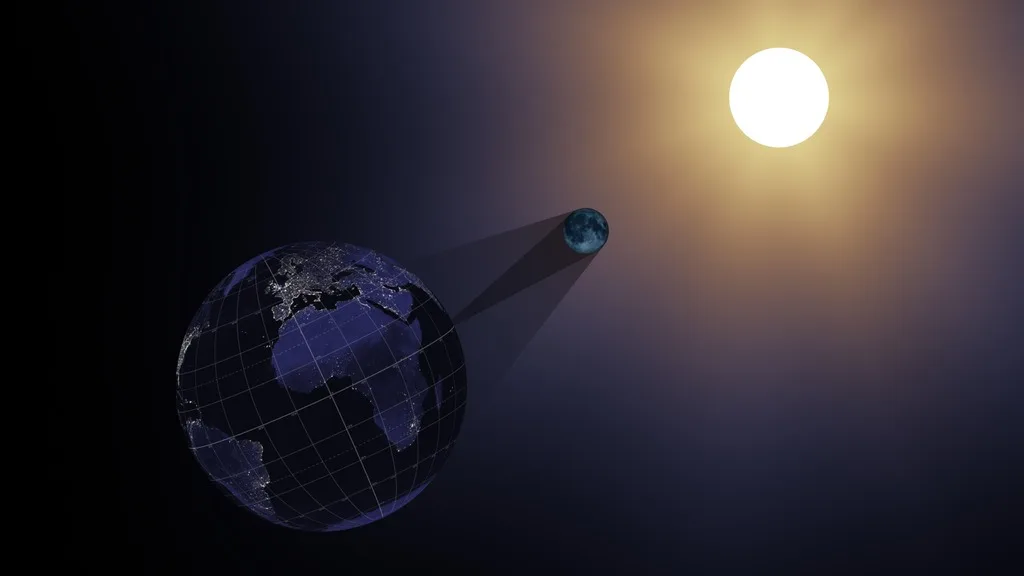
The alignment of the Sun and the Moon casts the Moon's shadow onto the surface of Earth. Credit: Goddard Space Flight Center
In the case of an annular solar eclipse, the Moon is slightly farther away from the Earth as the it aligns perfectly with the Sun. So, to anyone standing under its shadow, the Moon doesn't completely cover the Sun's disk. Instead, a bright ring is still visible surrounding the Moon. For this reason, this is often referred to as a "ring of fire" solar eclipse.
Visit our Complete Guide to Summer 2020 for an in-depth look at the Summer Forecast, tips to plan for it and much more
This is the second annular eclipse that has passed over roughly the same part of the world in just over six months. The last one was on December 26, 2019.
The shadow cast by the Moon will fall on eastern Africa first, and then it will slowly crawls across eight different time zones over the course of just under four hours, before the event ends around sunset in the western Pacific Ocean.
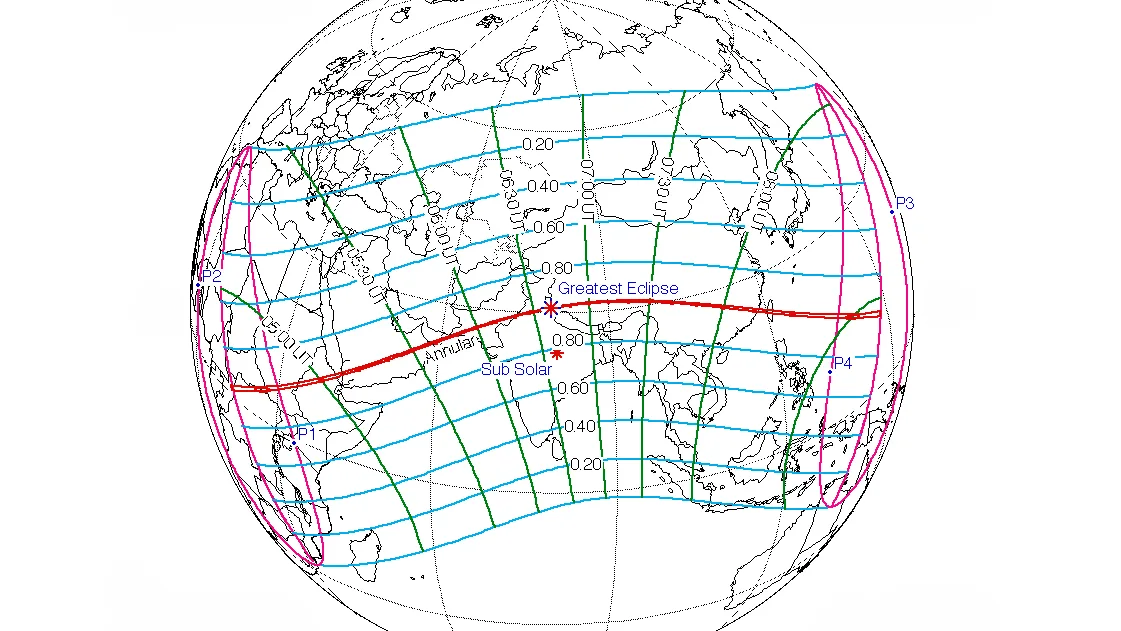
The path of the annular solar eclipse on June 21, 2020. Credit: NASA/Fred Espenak
Along the path of totality - the narrow strip of Earth's surface where the full eclipse will be visible - viewers have a chance to see the Sun as a blazing 'ring of fire' in the sky for just 38 seconds!
For viewers in Canada, the maximum eclipse occurs at 2:39 a.m. EDT on June 21. So, although we'll have to stay up late to watch it, we will not miss out on the show.
Visit Slooh.com to snap and share your own photos from this live event, and interact with our hosts and guests, and personally control Slooh's telescopes.
Sources: NASA | With files from The Weather Network







